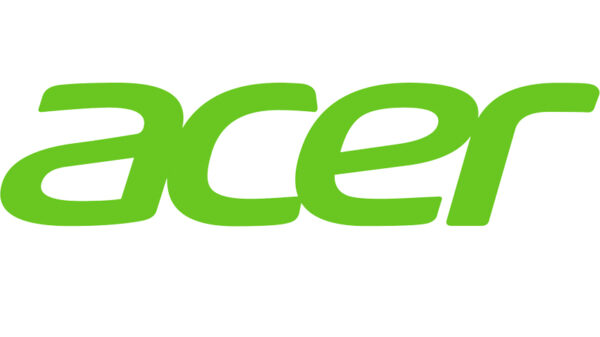By Lily Asis
There has been significant fanfare about the state of the online poker industry since we’ve entered yet another year. It’s no secret that online poker experienced something of a decline following the infamous Black Friday saga, resulting in an overnight drop-off of American players in the industry’s ecosystem. Nevertheless, there is still future for online poker, with light at the end of the tunnel for poker fanatics in the US especially.
An increasing number of US states are taking the steps to legalize online poker once again, while maintaining a firm grip on the sites allowed to operate. For instance, New Jersey began opening its doors to online poker rooms again from November 2013. The Garden State is heavily regulating the industry. In some ways, this has curbed the growth of revenue and liquidity in the New Jersey online poker market. PokerStars brought its 11-day Turbo Series to players with NJ addresses last month, available via desktop and the site’s native mobile app for iOS and Android users. It’s the third major online tournament to come to New Jersey with the New Jersey Spring Championship of Online Poker (NJSCOOP) and the New Jersey Championship of Online Poker (NJCOOP) both offering packed tournament schedules for poker amateurs and professionals alike.
Pennsylvania was the latest state to pass legislation to allow real money online poker last October. The Pennsylvania Gaming Control Board (PGCB) is permitted to sell iGaming licenses that are all-inclusive, spanning slots and casino games as well as online poker. Disappointingly, it looks like California will not become the fifth American state to legalize online poker despite stakeholders on the west coast trying hard to appease state legislators. Californian Assemblyman, Adam Gray looked to have found a solution in 2016, but his proposed bill fell at the final hurdle on the basis of suitability. It therefore seems unlikely that there is enough appetite for a bill to be passed in 2018.
On the other side of the pond in Europe, there are signs that the appetite for both online and land-based poker action is on the rise once again. In 2017, the European Poker Tour (EPT) was shelved, along with other popular regional tours such as the Latin American Poker Tour (LAPT) and the Asia Pacific Poker Tour (APPT). However, the EPT is being brought back by popular demand in 2018. Subsequently, there will be a surge of online satellites, giving amateurs and semi-professionals alike the chance to qualify for live professional tournaments in a number of beautiful European cities. The EPT dates all the way back to the initial poker boom of 2004 and throughout its existence has awarded more than €432m in prize money. The return of the LAPT and APPT will certainly be heralded by those in their respective regions also, albeit not with quite the fanfare of the EPT’s revival.
Elsewhere in Europe, there are plans afoot to collaborate and strengthen the online poker community. A triumvirate of Spain, France and Italy is looking to create a new pan-European poker market, increasing the size of the player pool and transforming prize pools. It is hoped that this move will increase the exposure of online poker in Europe alongside the return of the EPT.
Asia Pacific is no different. In the Philippines, for instance, Pres. Rodrigo Duterte earlier stated that he would close all online gaming firms in the country. But this statement was eventually followed by a clarification statement that only online gambling firms that weren’t handled and licensed by the Philippine Amusement and Gaming Corporation (PAGCOR) were to be closed and considered illegal. To date, it remains prevalent in the country – as it is in other Asian countries – so that according to Asia Gambling Brief, the Philippines is expected to be the fastest growing gaming jurisdiction in Asia, with the total size of the market estimated to have reached $2.7 billion in 2015.
As with all industries, everything goes in cycles. There are peaks and troughs and boom and bust and poker is certainly no different. With restrictive legislation slowly easing in the US and merging markets looking to encourage a surge of new players, it’s clear that the online poker community has by no means given up the ghost.












































































































